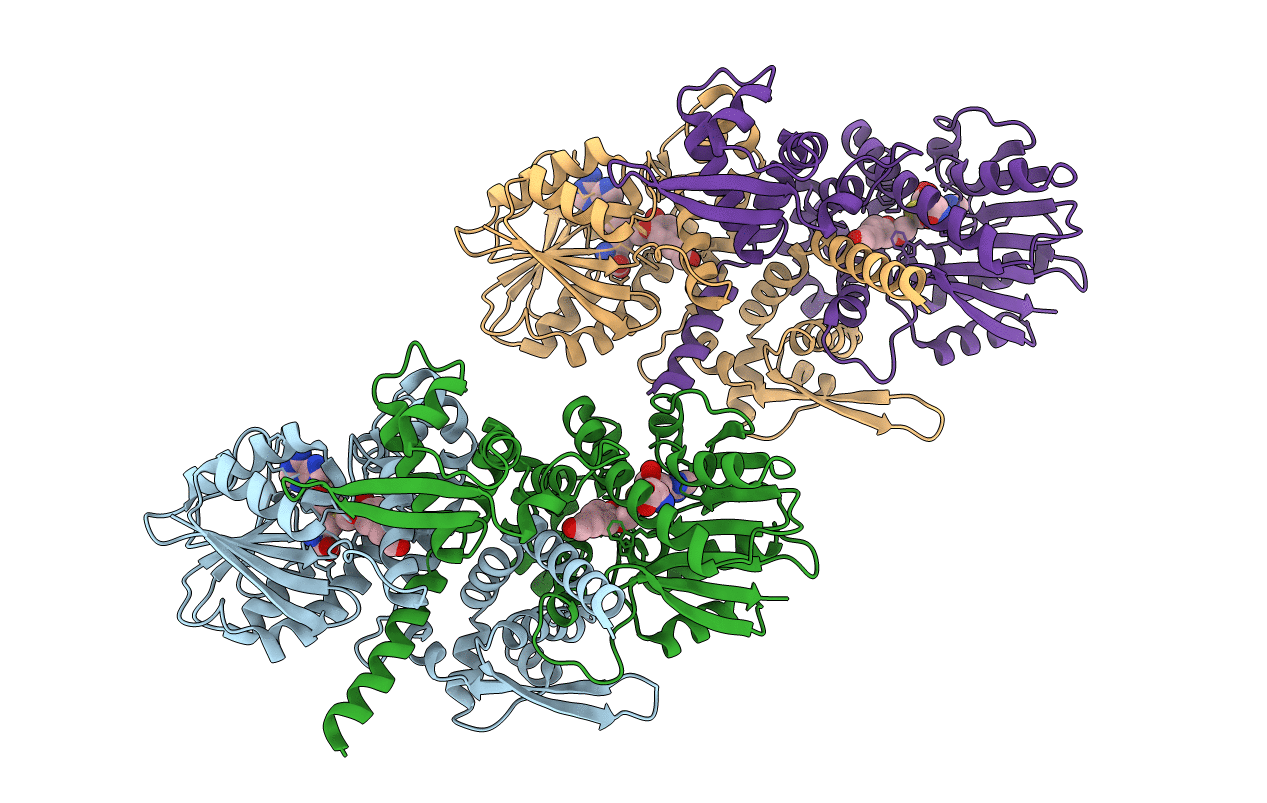
Deposition Date
2010-10-17
Release Date
2011-01-12
Last Version Date
2023-09-06
Entry Detail
PDB ID:
3P9K
Keywords:
Title:
Crystal structure of perennial ryegrass LpOMT1 complexed with S-adenosyl-L-homocysteine and coniferaldehyde
Biological Source:
Source Organism:
Lolium perenne (Taxon ID: 4522)
Host Organism:
Method Details:
Experimental Method:
Resolution:
2.25 Å
R-Value Free:
0.26
R-Value Work:
0.23
Space Group:
P 1 21 1


